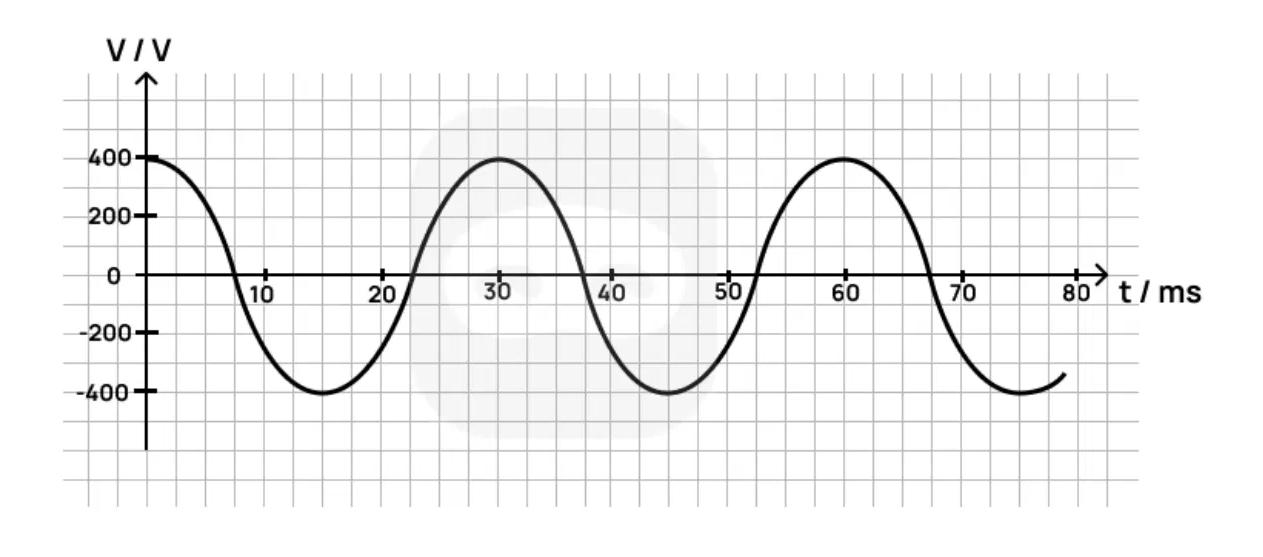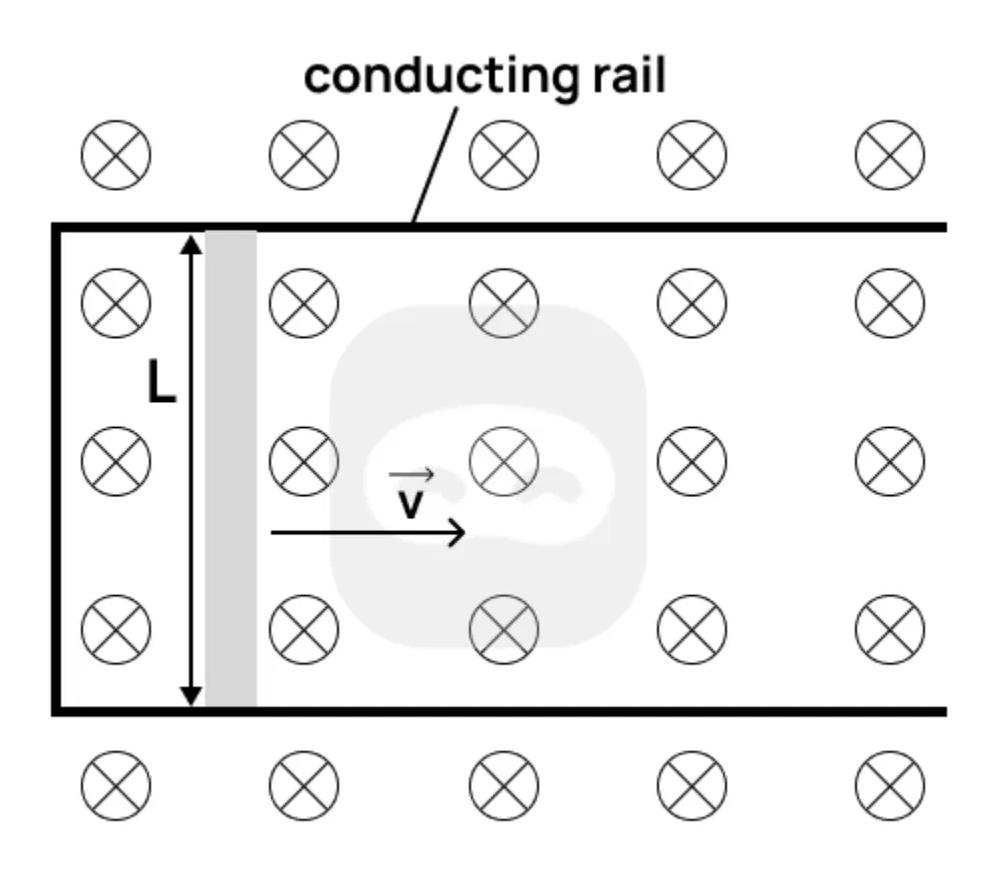Practice D.4 Induction (HL only) with authentic IB Physics exam questions for both SL and HL students. This question bank mirrors Paper 1A, 1B, 2 structure, covering key topics like mechanics, thermodynamics, and waves. Get instant solutions, detailed explanations, and build exam confidence with questions in the style of IB examiners.
A coil of wire with turns is placed in a region where the magnetic flux through the coil changes uniformly from to in .
State Faraday’s law of electromagnetic induction.
Calculate the magnitude of the average induced emf in the coil.
Explain how Lenz’s law determines the direction of the induced emf.
A rectangular coil of turns, each of area , rotates in a uniform magnetic field with an angular frequency .
Calculate the maximum magnetic flux through the coil.
Determine the peak emf induced in the coil.
Write the expression for the emf as a function of time.
Explain the effect on the induced emf if the number of turns is doubled and the angular frequency is halved.
A coil with 150 turns and cross-sectional area rotates in a uniform magnetic field of according to , where .
Calculate the magnetic flux through the coil as a function of time.
Determine the expression for the induced emf as a function of time.
Calculate the maximum emf induced in the coil.
Explain how increasing the frequency of rotation affects the shape and amplitude of the emf.
A rectangular coil with 120 turns, length and width is pulled at constant velocity into a uniform magnetic field of perpendicular to the plane of the coil. It takes for the entire coil to enter the field.
Calculate the change in magnetic flux linkage through the coil during this interval.
Determine the average emf induced during this time.
Explain how the induced emf would change if the normal to the coil makes an angle (where ) with the magnetic field lines.
A straight conductor of length moves at a speed of perpendicular to a magnetic field of strength .
State the condition under which a moving conductor in a magnetic field induces an emf.
Calculate the induced emf across the ends of the conductor.
Explain what would happen to the induced emf if the conductor moved parallel to the magnetic field.
A bar of length is placed on conducting rails connected to a resistor. The bar moves to the right at through a uniform magnetic field of directed into the page. The total resistance of the circuit is .
Calculate the emf induced across the bar.
Determine the current in the circuit.
Calculate the power dissipated in the resistor.
Explain the energy transformation taking place in this system.
A coil with turns and area rotates at a frequency of in a uniform magnetic field of strength . The axis of rotation is perpendicular to the magnetic field.
Calculate the maximum magnetic flux through the coil.
Determine the angular speed of the coil.
Calculate the maximum emf induced in the coil.
Explain why the induced emf is sinusoidal.
A generator produces a sinusoidal alternating voltage. The graph below shows the variation of the output voltage with time .

Calculate the frequency of the alternating voltage.
Calculate the root mean square (rms) value of the voltage.
The generator supplies this voltage to a resistive load of resistance . Calculate the average power dissipated in the load.
Sketch a graph of the variation of the instantaneous power with time over one full cycle. Clearly label peak power and time axis values.
Discuss how the rotation of a coil in a magnetic field leads to the voltage output shown in the graph. In your answer, refer to magnetic flux, Faraday's law, and the shape of the output.
A magnet oscillates vertically above a stationary circular coil with turns and radius . The magnetic field at the centre of the coil due to the magnet varies sinusoidally with time as .
Calculate the magnetic flux linkage through the coil as a function of time.
Determine the emf induced in the coil as a function of time.
Calculate the maximum induced emf in the coil.
Explain how this setup demonstrates Lenz’s law and conservation of energy.
The diagram shows a conducting rod of length sliding to the right with constant velocity along two parallel conducting rails connected at the left end by a resistor. The rails are in a uniform magnetic field directed into the page. The system forms a closed rectangular circuit.

State the direction of the induced current in the circuit.
Explain the physical origin of the induced emf in the rod.
Outline an expression for the induced emf across the ends of the moving rod.
Given , , and , calculate the magnitude of the induced emf.
If the resistance of the circuit is , determine the current in the circuit and the electrical power dissipated.